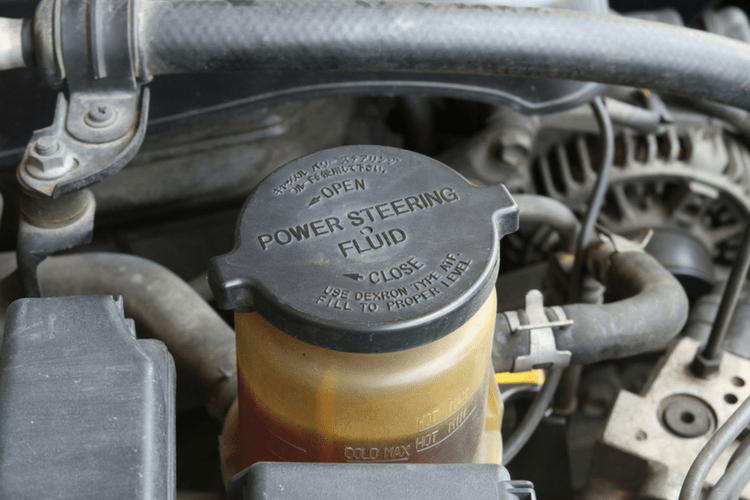How to Tell if Your Power Steering Fluid Needs Changing
Checking Fluid Level and Condition
The easiest way to check your power steering fluid is to open the hood and inspect the reservoir. In most vehicles, the reservoir will be located towards the front of the engine area. The reservoir has a dipstick that will indicate the hot and cold maximum and minimum levels. If the fluid level is low, it’s time to add more. Beyond level, you’ll also want to examine the condition and color of the existing fluid. Aged power steering fluid will often take on a darker, brownish hue over time. If the fluid appears dark or dirty when wiped with a white cloth, it’s a good indication that it needs replacing. Dark, dirty fluid won’t lubricate and cool components as effectively.

Identifying Common Symptoms of Worn Fluid
Two common signs that point to worn out power steering fluid include noisy operation and increased steering effort. A grinding or whining noise when turning the steering wheel can be a tell-tale clue that the fluid has broken down. As the fluid loses its lubricating properties, it leads to increased friction between moving parts. You may also notice that you have to apply more force to turn the wheel compared to when the vehicle was new. As the fluid quality deteriorates, it affects the power steering system’s ability to assist in turning. Having to apply excess effort is a red flag that new fluid is needed to restore proper performance and ease of steering.
Establishing a Preventive Maintenance Schedule
Most experts recommend changing power steering fluid as part of routine vehicle maintenance, usually around every 30,000-50,000 miles. However, fluid condition also depends on operating conditions, so it’s worthwhile to inspect it more frequently if you do a lot of low-speed parking lot maneuvering or drive in hot climates. As a general rule, if you don’t have reliable records showing the fluid was changed, it’s a good idea to flush it out by 75,000-100,000 miles. Preventive fluid exchanges can extend the life of expensive power steering components like the pump and rack by keeping them well-lubricated and debris-free. Staying on top of scheduled maintenance is more cost-effective than ignoring issues until failure occurs.
Consulting Your Owner’s Manual
Every vehicle manufacturer provides recommended maintenance schedules tailored to their specific models in the owner’s manual. Be sure to check your manual for the recommended power steering fluid change interval based on your year, make and model. Schedules usually list mileage or time intervals to watch for. Following the manual’s guidelines is the best way to properly care for your vehicle’s power steering system. They take into account the system’s design and expected wear over the life of the vehicle. Disregarding the specified service schedule risks accelerating wear and requiring repairs sooner than anticipated.
Addressing Problems Promptly
If after checking fluid level and condition you notice signs like noise or excessive steering effort, it’s important not to delay addressing the issue. Driving with very low fluid levels or worn-out fluid can accelerate damage to vital steering system components. Leaving problems untreated may eventually lead to a failed power steering pump or rack-and-pinion assembly requiring expensive repairs or replacement. Catching signs of worn fluid early allows fixing the root cause affordably with a basic fluid flush. Putting off maintenance only raises repair costs in the long run. Responding promptly helps preserve performance, safety and your budget. With regular care and inspections, your vehicle’s power steering system can provide reliable service for many miles to come.
Choosing a Repair Shop
Unless you have the skill and tools to perform power steering maintenance yourself, it’s best to trust a qualified repair shop. When choosing where to take your vehicle, select a legitimate automotive specialists rather than general oil change or lube shops.
Proper mechanic shops have OEM-trained technicians familiar with your make and model who can thoroughly flush old fluid, inspect components and refill to the manufacturer’s specifications. They also have the ability to properly dispose of used fluids per environmental regulations. Do-it-yourself jobs run the risk of not fully expelling old fluid that can later cause issues. For trustworthy service, rely on experienced professionals.
